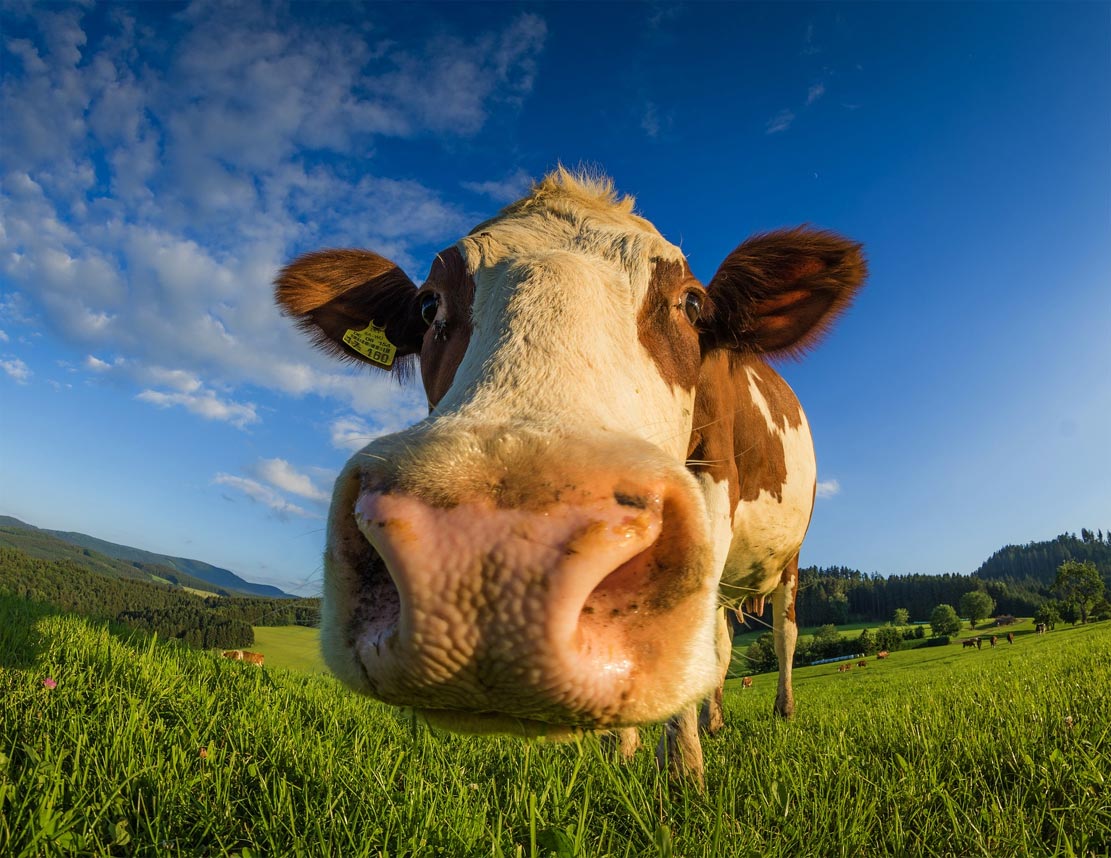The dominant features of the U.S. dairy markets are tighter milk production, record export volumes, higher prices, sluggish domestic consumption, and dropping inventories. This, according to a report from the National Milk Producers Federation, means a decreasing milk supply. Further, it predicts that inventory levels are not going to recover in the near term, which will unleash dairy inflation. The predictions in the report paint a very different picture than we were seeing at in 2020 at the beginning of the Coronavirus pandemic when press reports were rampant with stories of dairy farmers who were dumping their milk supplies.
Pandemic related issues – combined with both a strong export market and a dramatic pullback in cow numbers – has led to lower supplies pushing milk prices higher. The USDA’s forecast for the 2022 U.S. average all-milk price stands at $22.60 per hundredweight (CWT). CWT equals ‘dollars per hundredweight’ of milk. A hundredweight of milk is how much it costs in dollars for 100 pounds of milk. The USDA says the average gallon of milk weighs 8.6 pounds, depending on how much fat is in the milk, from skim or no fat, to whole milk or full fat. Generally speaking, a hundredweight of milk contains 11.63 gallons at retail.
While higher milk prices are good for producers this doesn’t necessarily translate into higher margins or profits, Rising operating costs and an increase in feed prices make it more expensive to feed dairy cows so farmers reduced their herds by sending some of the herd to slaughterhouses. The remaining cows are being fed less, which means lower milk output. Most often the increase in costs mean trouble for dairy farmers despite higher milk prices.
Federal Regulations, Policies and Mandates
It’s important to remember that in the U.S., minimum milk price regulations are dictated by enforced by Federal Milk Marketing Orders (FMMOs), FMMO’s “establish certain provisions under which dairy processors purchase fresh milk from dairy farmers supplying a marketing area.” The market is also subject a variety of regulations, subsidies and controls legislated primarily through the U.S. Farm Bill.
Many critics believe that the industry no longer needs Federal involvement and in fact would be better off without so many federal controls. They argue that there is no honest price discovery and that a true market price system – without government interference – is the best way to achieve adequate supplies at reasonable prices and that milk prices are higher than they would be without government interference.

